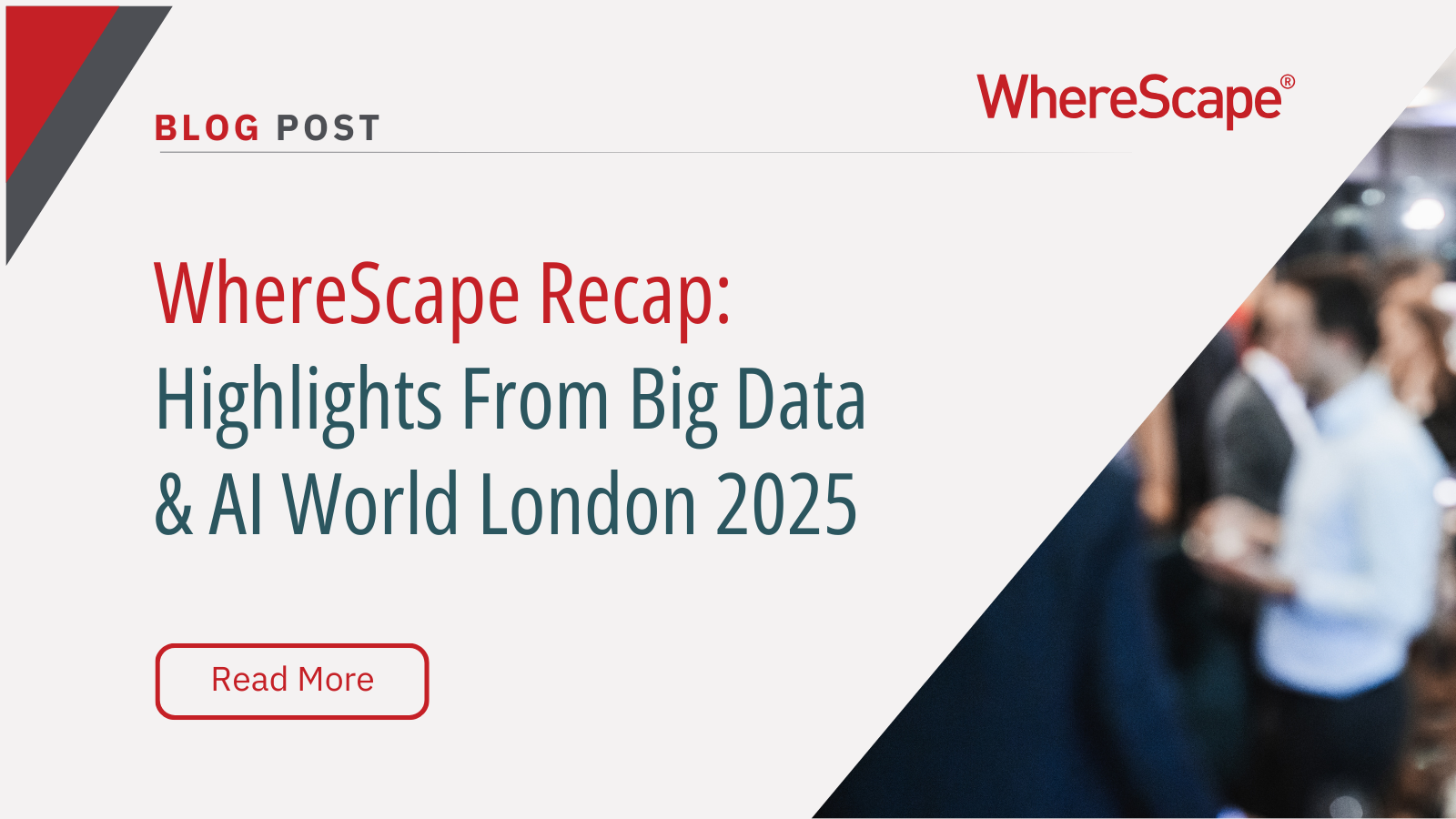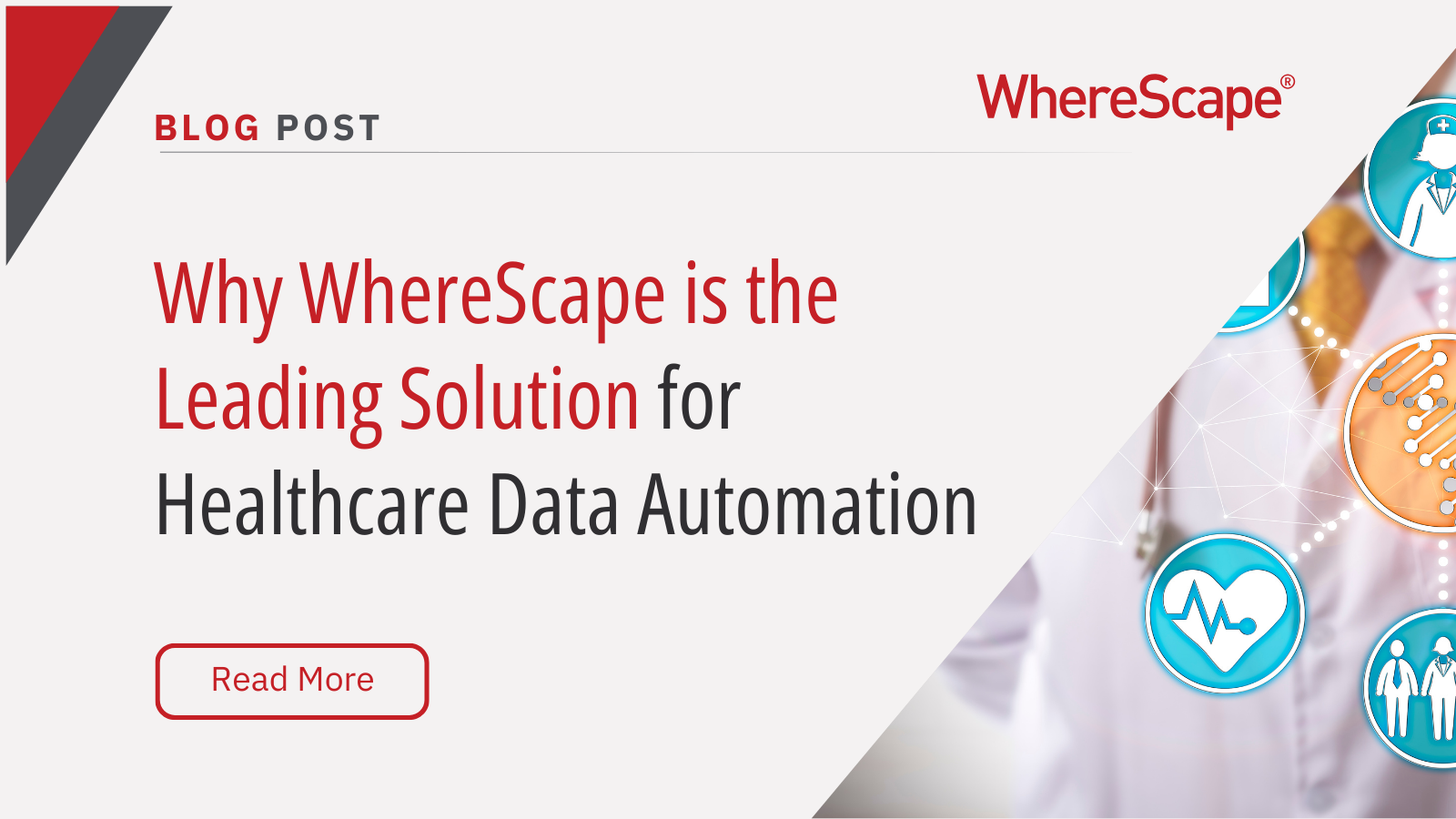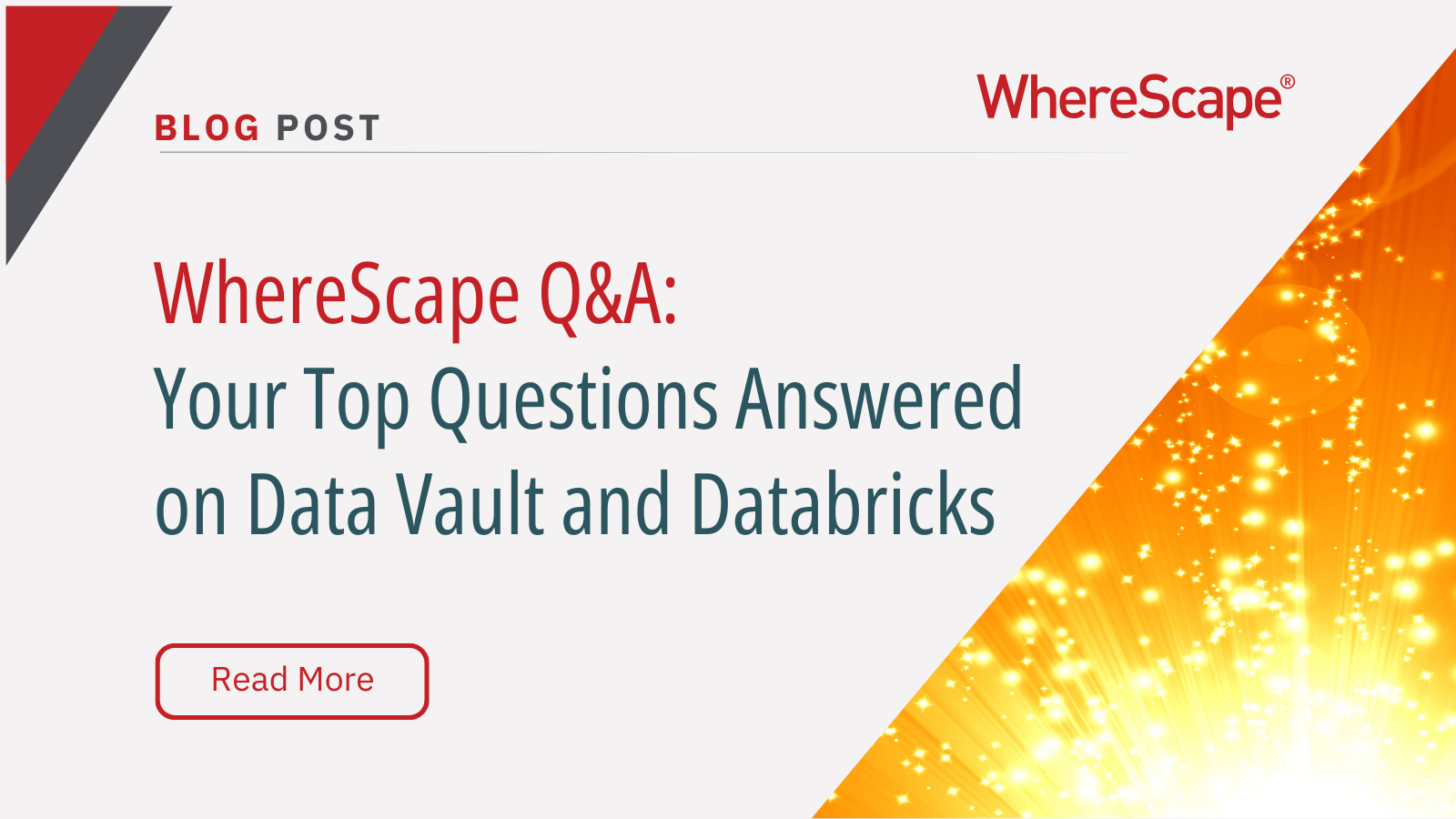Are you ready to accelerate your data pipeline...
What is Data Analytics?
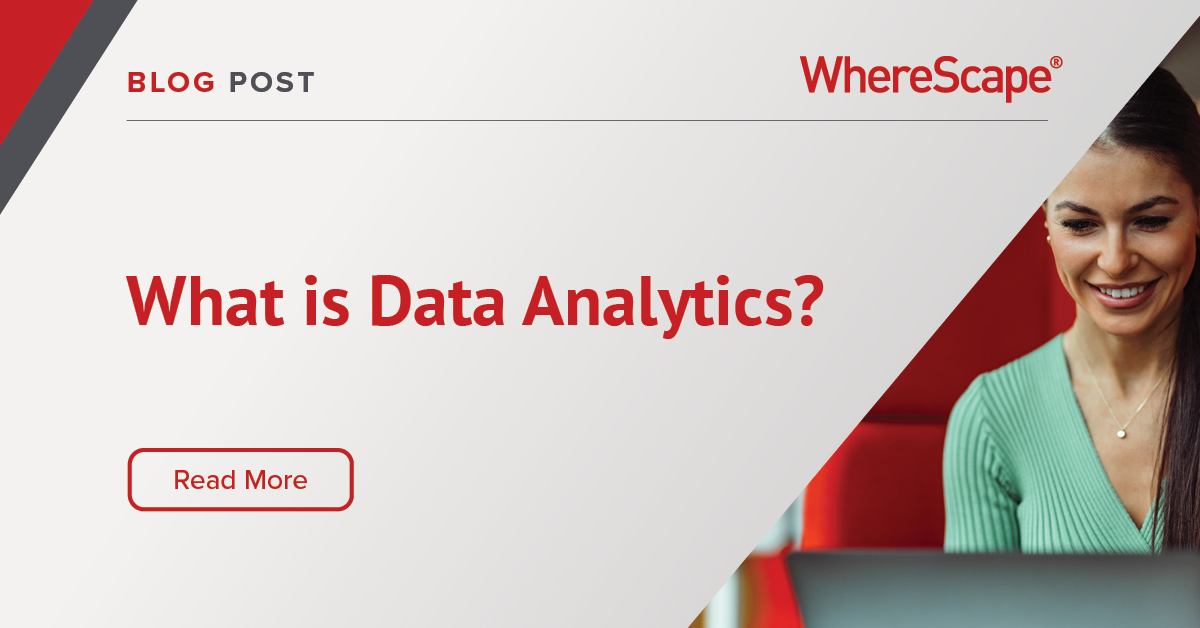
Data analytics is a process of analyzing raw data in order to draw out meaningful, actionable insights. These insights are then used to inform and drive smart business decisions. Data analytics technologies and techniques are widely used in commercial industries to enable organizations to make more-informed business decisions. For example, manufacturing companies often record the runtime, downtime, and work queue for various machines and then analyze the data to better plan the workloads so the machines operate closer to peak capacity. Scientists and researchers also use analytics tools to verify and disapprove scientific models, theories, and hypotheses.
The ultimate goal of data analytics is to boost business performance. These initiatives can help businesses increase revenue, improve operational efficiency, optimize marketing campaigns and bolster customer service efforts. It also enables organizations to respond quickly to emerging market trends and gain a competitive advantage over business rivals.
Types of data analytics
There are four main types of data analysis:
- Descriptive analytics: This describes what has happened over a given period of time.
- Diagnostic analytics: Focuses more on why something happened. This involves more diverse data inputs and a bit of hypothesizing.
- Predictive analytics: This estimates the likelihood of a future outcome based on historical data and probability theory, and while it can never be completely accurate, it does eliminate much of the guesswork from key business decisions. It can be used to forecast all sorts of outcomes – from what products will be most popular at a certain time, to how much the company revenue is likely to increase or decrease in a given period.
- Prescriptive analytics: This helps answer questions about what should be done. When conducting prescriptive analysis, data analysts will consider a range of possible scenarios and assess the different actions the company might take. Prescriptive analytics techniques rely on machine learning strategies that can find patterns in large datasets. By analyzing past decisions and events, the likelihood of different outcomes can be estimated.
Why is Data Analytics Important?
Data analytics helps businesses optimize their performance. By implementing it into the business model, companies can help reduce costs by identifying more efficient ways of doing business. A company can also use data analytics to make better business decisions and help analyze customer trends and satisfaction, which can lead to better products and services.
Furthermore, data analytics is used to make faster and more informed decisions, reduce overall business costs, and optimize processes and operations. In more specific terms data analytics might be used:
- To predict futures and purchasing behaviors
- For security purposes, for instance, to predict, to detect, and prevent fraud within insurance and banking industries
- To optimize marketing efforts through more accurate targeting and personalization
- To boost customer acquisition and retention
- To boost customer engagement on social media
- To develop risk management solutions
- To increase supply chain efficiency
Conclusion
Organizations that approach data analytics with a focused vision can drive digital transformation, improve customer experience, and create a data-driven company culture. Leveraging data analytics, organizations can identify new business opportunities and use insights to prioritize actions and create a new source of revenue. Data analytics programs within the organizations are evolving rapidly as digital transformation and data-driven organizations are becoming more of a priority.
WhereScape Recap: Highlights From Big Data & AI World London 2025
Big Data & AI World London 2025 brought together thousands of data and AI professionals at ExCeL London—and WhereScape was right in the middle of the action. With automation taking center stage across the industry, it was no surprise that our booth and sessions...
Why WhereScape is the Leading Solution for Healthcare Data Automation
Optimizing Healthcare Data Management with Automation Healthcare organizations manage vast amounts of medical data across EHR systems, billing platforms, clinical research, and operational analytics. However, healthcare data integration remains a challenge due to...
WhereScape Q&A: Your Top Questions Answered on Data Vault and Databricks
During our latest WhereScape webinar, attendees had fantastic questions about Data Vault 2.0, Databricks, and metadata automation. We’ve compiled the best questions and answers to help you understand how WhereScape streamlines data modeling, automation, and...
What is Data Fabric? A Smarter Way for Data Management
As of 2023, the global data fabric market was valued at $2.29 billion and is projected to grow to $12.91 billion by 2032, reflecting the critical role and rapid adoption of data fabric solutions in modern data management. The integration of data fabric solutions...
Want Better AI Data Management? Data Automation is the Answer
Understanding the AI Landscape Imagine losing 6% of your annual revenue—simply due to poor data quality. A recent survey found that underperforming AI models, built using low-quality or inaccurate data, cost companies an average of $406 million annually. Artificial...
RED 10: The ‘Git Friendly’ Revolution for CI/CD in Data Warehousing
For years, WhereScape RED has been the engine that powers rapidly built and high performance data warehouses. And while RED 10 has quietly empowered organizations since its launch in 2023, our latest 10.4 release is a game changer. We have dubbed this landmark update...
The Assembly Line for Your Data: How Automation Transforms Data Projects
Imagine an old-fashioned assembly line. Workers pass components down the line, each adding their own piece. It’s repetitive, prone to errors, and can grind to a halt if one person falls behind. Now, picture the modern version—robots assembling products with speed,...
The Role of Clean Data in AI Success: Avoiding “Garbage In, Garbage Out”
Co-authored by infoVia and WhereScape Artificial Intelligence (AI) is transforming industries across the globe, enabling organizations to uncover insights, automate processes, and make smarter decisions. However, one universal truth remains: the effectiveness of any...
What is a Cloud Data Warehouse?
As organizations increasingly turn to data-driven decision-making, the demand for cloud data warehouses continues to rise. The cloud data warehouse market is projected to grow significantly, reaching $10.42 billion by 2026 with a compound annual growth rate (CAGR) of...
Simplify Cloud Migrations: Webinar Highlights from Mike Ferguson
Migrating your data warehouse to the cloud might feel like navigating uncharted territory, but it doesn’t have to be. In a recent webinar that we recently hosted, Mike Ferguson, CEO of Intelligent Business Strategies, shared actionable insights drawn from his 40+...
Related Content
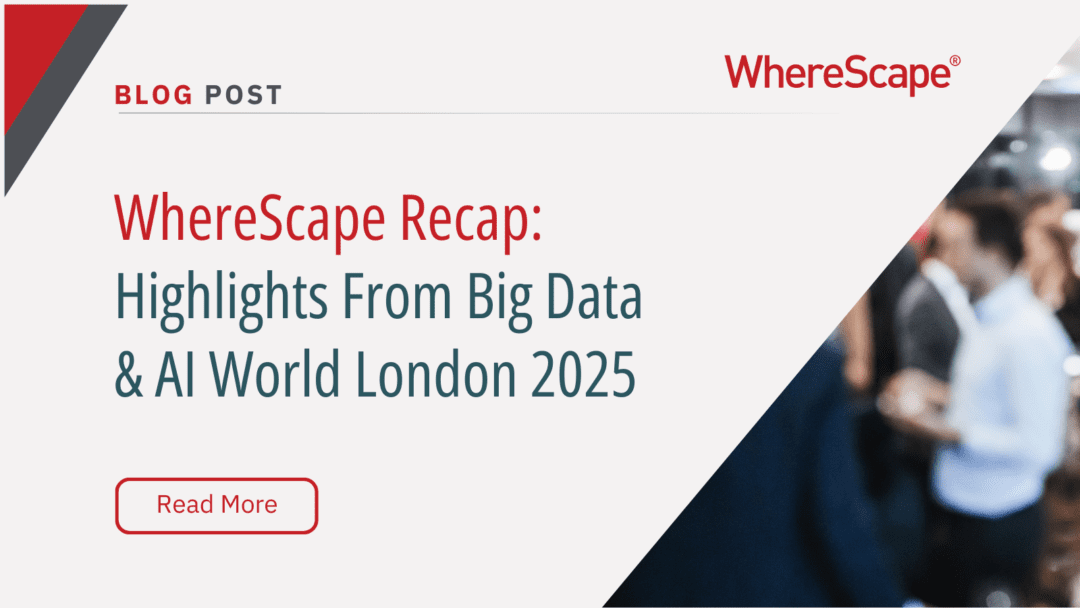
WhereScape Recap: Highlights From Big Data & AI World London 2025
Big Data & AI World London 2025 brought together thousands of data and AI professionals at ExCeL London—and WhereScape was right in the middle of the action. With automation taking center stage across the industry, it was no surprise that our booth and sessions...
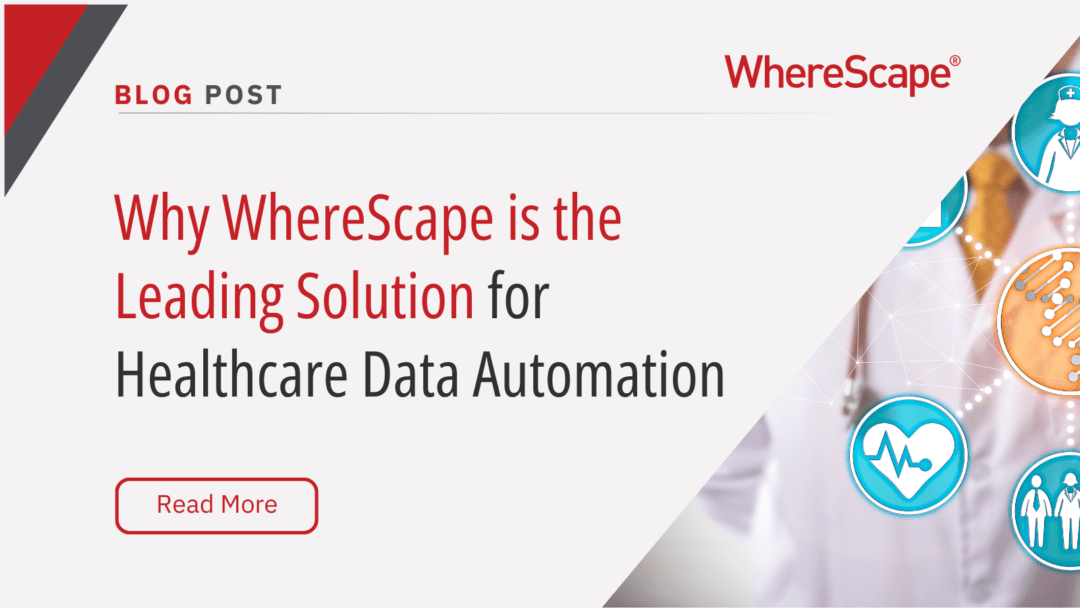
Why WhereScape is the Leading Solution for Healthcare Data Automation
Optimizing Healthcare Data Management with Automation Healthcare organizations manage vast amounts of medical data across EHR systems, billing platforms, clinical research, and operational analytics. However, healthcare data integration remains a challenge due to...
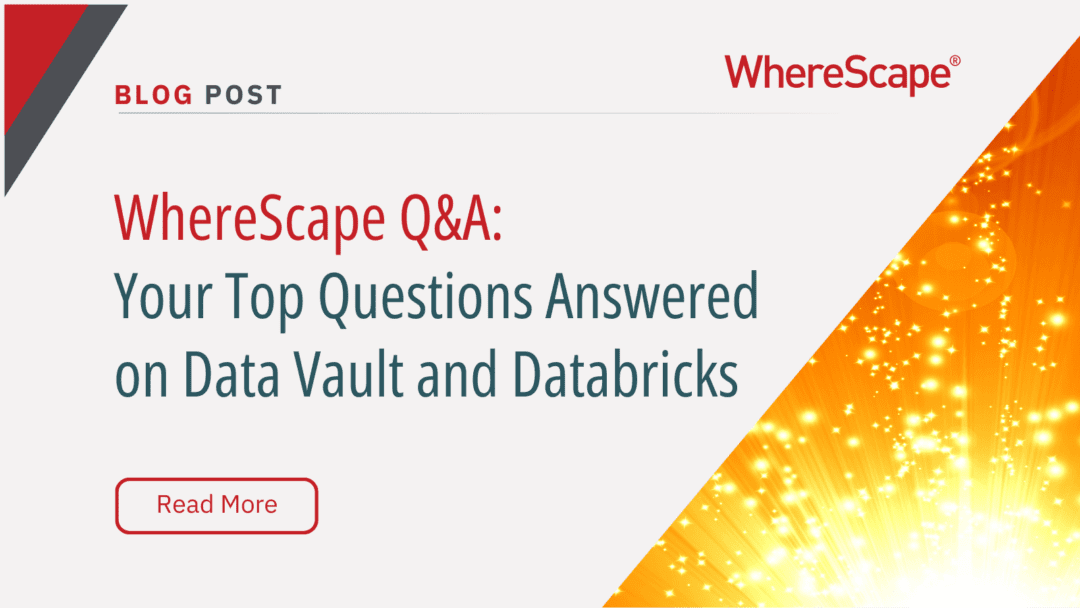
WhereScape Q&A: Your Top Questions Answered on Data Vault and Databricks
During our latest WhereScape webinar, attendees had fantastic questions about Data Vault 2.0, Databricks, and metadata automation. We’ve compiled the best questions and answers to help you understand how WhereScape streamlines data modeling, automation, and...
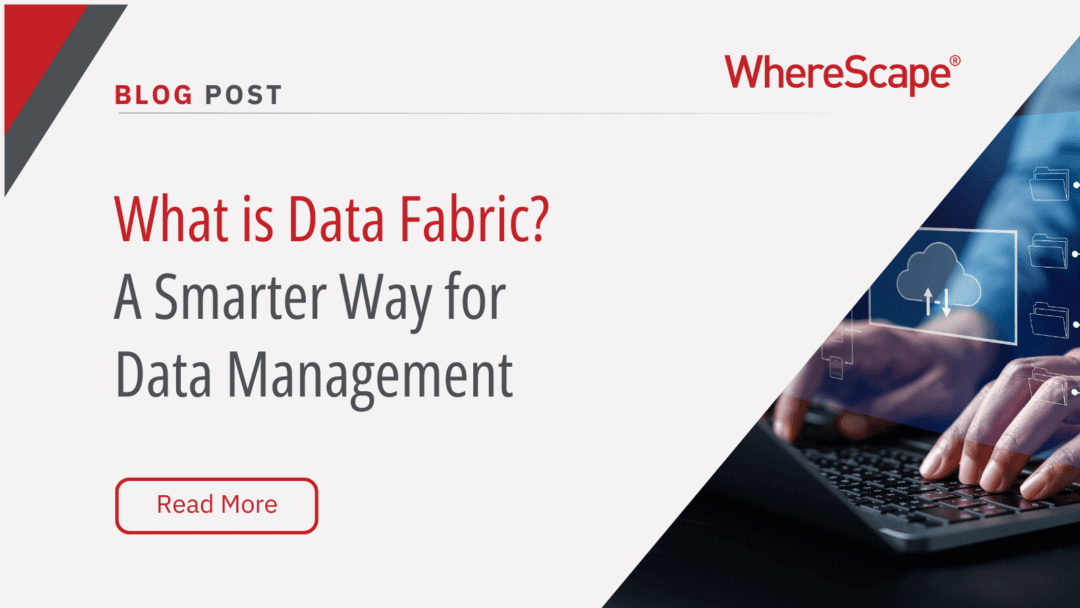
What is Data Fabric? A Smarter Way for Data Management
As of 2023, the global data fabric market was valued at $2.29 billion and is projected to grow to $12.91 billion by 2032, reflecting the critical role and rapid adoption of data fabric solutions in modern data management. The integration of data fabric solutions...


